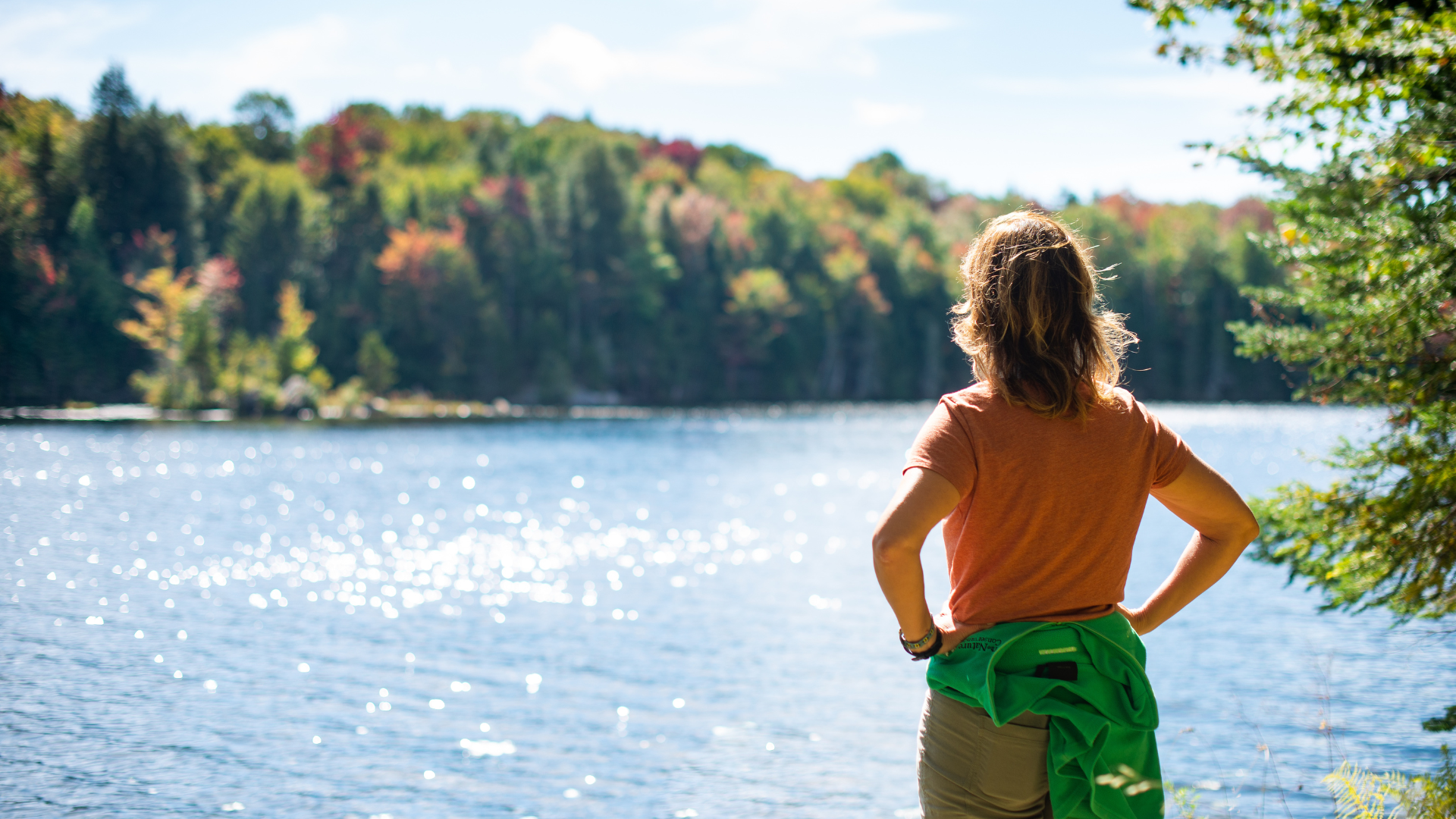Biodiversity: Nature by Another Name
May 15, 2024
Growing up as part of an immigrant family in Queens, NY, my childhood could be categorized as “nature deficient.” Aside from walks in the park or the special day trip to Jones Beach on a hot summer day, there was no camping, boating, or hiking. When we moved to the suburbs, a sign of upward mobility that my parents strived for, I truly thought we were in the great outdoors; our first backyard was a tangle of poison ivy, overgrown trees, and decorative exotics like Japanese cherry blossom. I had viewed nature as “nice to have” and could barely grasp its connection to me, let alone the vast spectrum of life it supports.
Fast forward thirty-five years later to my authoring this op-ed as the Vermont state director of The Nature Conservancy—an organization committed to conserving 30% of Vermont’s lands and waters by 2030 to fulfill its mission of protecting biodiversity. How do I connect these values to the average Vermonter and the average family trying to survive and thrive while navigating education, housing, health care and other issues? In a state like Vermont, known for its rural landscape, how critical is conserving nature?
Let’s begin with the term biodiversity and call it what it is: nature by another name.
Nature underpins every aspect of our lives: the food we eat, the air we breathe, a livable planet. The habitats that golden-winged warblers, black bears, and brook trout depend on are the very same habitats that make our lives possible—whether we live adjacent to these forests and rivers or downstream in an urban center. Seventy-five percent of global food crops rely on pollination. Forests filter and store forty percent of the world’s water for cities. When one of these systems or species begin to falter, it serves as a canary in the coal mine for our own species.
For the first time in over one-hundred years, Vermont forests are declining at an estimated rate of at least ten-thousand acres per year. Our freshwater health has been compromised due to generations of practices that have left our lakes compromised, our fish habitat degraded, and our communities more vulnerable to floods.
The effort to conserve thirty percent of our lands and waters is not an attempt to lock land away—it is a commonsense approach to ensuring that at a minimum, we are in balance with nature, so our human communities can grow safely and resiliently. Preserving biodiversity—the maples, ferns, fungi, pollinators, mussels, moose, hemlock, eagles—ensures that we and our families can continue to thrive as well.
Climate change is re-ordering our lives in dramatic ways and at a pace surprising even to those who have been studying climate for decades. Species are re-arranging themselves in response to these changes. Wildlife are adjusting their ranges thirty-three feet in elevation and eleven miles north each decade, alongside people who are also moving in response to our changing climate. Investing in nature not only supports biodiversity but also offers up to a third of the carbon reduction efforts scientists have deemed necessary, at a fraction of the cost of human-engineered solutions.
Vermont has done a commendable job of preserving our historic structures and villages, an agrarian landscape, and an outdoor recreational economy. Preserving biodiversity on the other hand, during a time of global biodiversity collapse, has not been met with the necessary and commensurate level of priority and funding. Yet, it is the web of life that our food systems, economies, and even medical research depend on.
Nature is not an extravagant amenity or simply a scenic backdrop for life’s activities. It is the foundation upon which all life depends.
Last year, The Nature Conservancy helped pass the state’s Community Resilience Act and Biodiversity Protection Act. Currently, there is a public process in place to determine how best to conserve thirty percent of Vermont by 2030. We at The Nature Conservancy, along with partners, are working diligently to ensure that biodiversity is appropriately prioritized so that we can co-create a future where both nature and people thrive.

